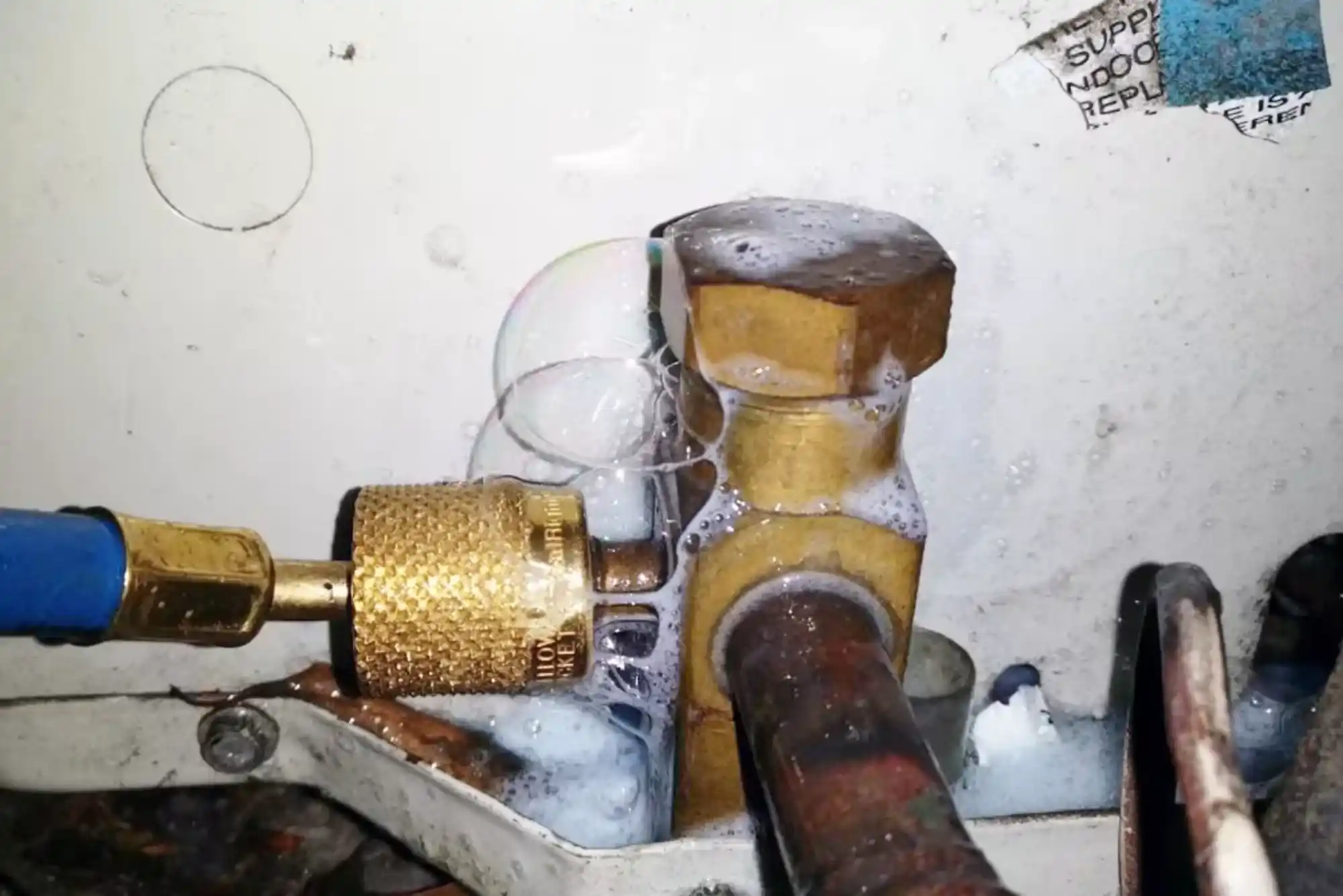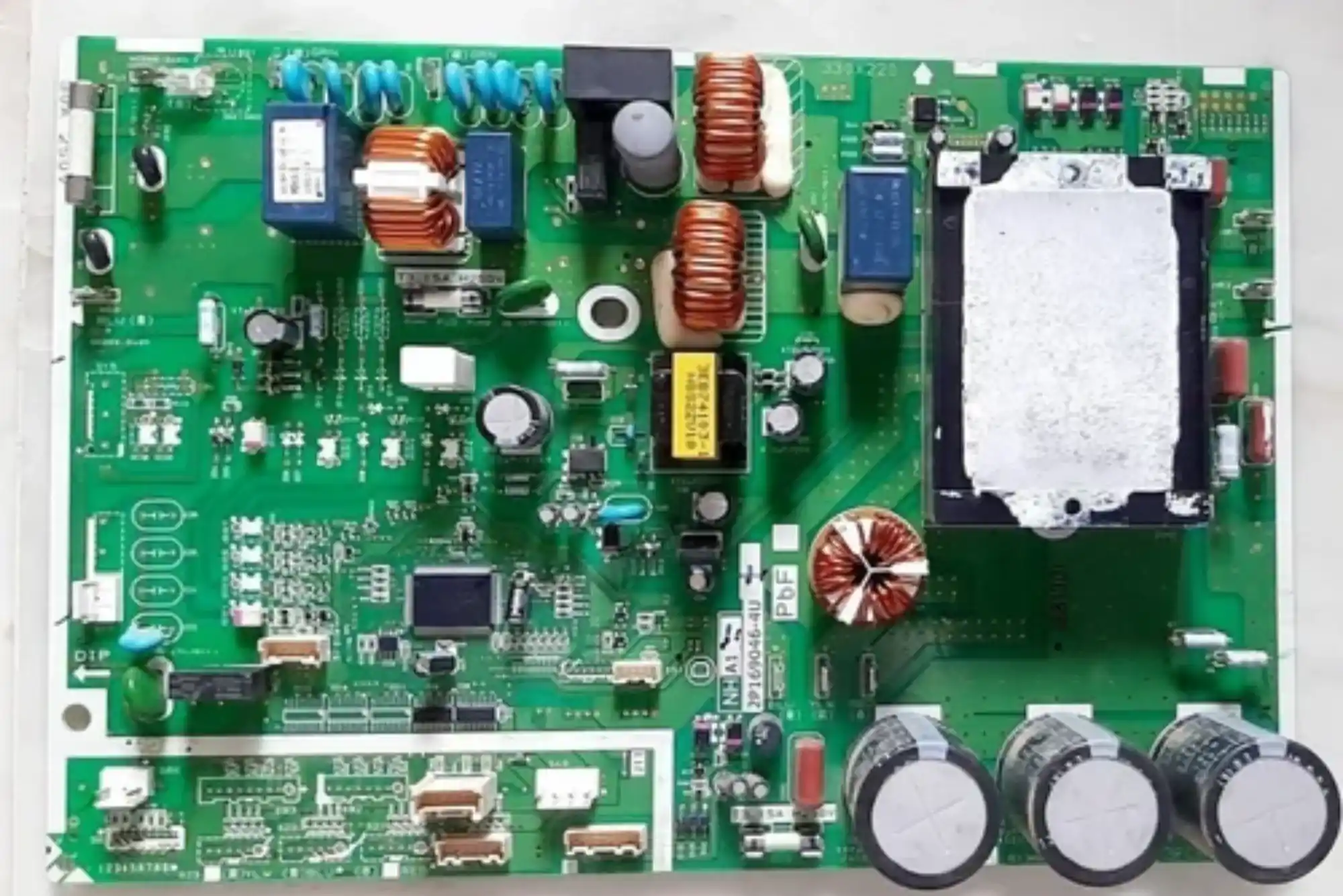Ovens have become a vital part of every modern household, making cooking faster, easier, and more efficient. However, like any other home appliance, ovens require proper maintenance, and one of the most common issues that homeowners face is a faulty heating element. The heating element is responsible for generating the heat necessary to bake, roast, or broil food. When this crucial component stops working, the oven becomes unreliable and can completely disrupt your daily cooking routine. At this point, many homeowners begin asking a simple but important question: what is the cost of replacing an oven heating element?
Understanding the replacement cost involves more than just looking at the price of the part itself. Several factors influence the overall expense, including the type of oven, brand, labor charges, and whether you choose professional service or attempt a do-it-yourself approach. To help you make the right decision, let us explore all aspects of oven heating element replacement in detail.
Understanding the Role of the Heating Element
Before diving into costs, it is important to understand what the oven heating element does. In electric ovens, the heating element is the metal coil located at the top and bottom of the oven cavity. It converts electrical energy into heat, enabling the oven to maintain a consistent temperature for cooking. There are typically two types of elements:
- Bake Element: Found at the bottom of the oven and primarily used for baking and roasting.
- Broil Element: Located at the top, designed for grilling and broiling.
When either of these elements fails, you may notice uneven cooking, food taking longer than expected, or the oven not heating at all. Replacing the heating element restores efficiency and ensures your appliance continues to perform as expected.
Common Signs That Your Heating Element Needs Replacement
Recognizing the early signs of a failing heating element can save you both time and money. A broken element usually becomes visually apparent, with burn marks, blistering, or visible breaks in the coil. Some ovens may display an error code, while others simply stop heating properly. If you notice that your oven powers on but remains cold, the heating element is likely the culprit.
In many cases, homeowners ignore these early signals, thinking the issue is minor. However, using a faulty heating element can lead to more serious problems with your oven’s electrical system,Post Category, eventually increasing the repair costs.
Factors Affecting the Cost of Replacing an Oven Heating Element
The cost of replacing an oven heating element is not fixed. It varies depending on several key factors:
Type of Oven
Conventional electric ovens generally have straightforward heating elements, making replacement affordable. On the other hand, advanced convection ovens, wall-mounted ovens, or models with specialized features may require more expensive elements that are not always readily available.
Brand and Model
Different manufacturers produce heating elements with varying price ranges. Premium oven brands tend to have costlier replacement parts compared to standard household brands. For example, elements for luxury brands can cost significantly more than those for entry-level appliances.
Labor Charges
If you hire a professional technician, labor fees will add to the total cost. The complexity of the replacement job and the service provider’s pricing structure both influence the final amount. Some technicians charge a flat service fee, while others bill by the hour.
Availability of Parts
The ease of finding the correct heating element also affects costs. If your oven model is older or discontinued, sourcing the right element may require special orders, which can drive up expenses.
Average Cost Breakdown
On average, the cost of replacing an oven heating element ranges between $100 and $300 when handled by a professional. This amount usually includes both the price of the replacement element and the labor charges. If you decide to purchase the part yourself, heating elements typically cost anywhere from $30 to $100, depending on the brand and type.
However, while a DIY replacement might seem cheaper, it does not always guarantee long-term savings. Without the right tools and expertise, you risk damaging the oven or installing the part incorrectly, which may lead to more expensive repairs in the future. That is why most homeowners prefer to rely on experienced appliance repair technicians who ensure the job is done safely and correctly.
Professional Service vs. DIY Replacement
Homeowners often wonder whether they should replace the heating element themselves or hire a professional. While the replacement process seems simple, it involves handling electrical components, which poses a safety risk if done incorrectly.
DIY Considerations
If you have prior experience with electrical repairs, replacing the element may be manageable. However, the risks of electric shock, damaging internal wiring, or improperly fitting the new part are significant concerns. Even a small mistake can render the oven unusable.
Professional Advantage
A professional service provides peace of mind. Certified technicians bring the right tools, training, and replacement parts to ensure the job is done efficiently. They also offer service warranties, giving you extra protection in case the oven experiences issues again after repair. Considering the safety concerns and potential risks, most people find that hiring a professional is worth the added cost.
Why Timely Replacement Is Important
Delaying the replacement of a faulty heating element can create unnecessary problems. Not only does it make cooking frustrating and inconvenient, but it can also put a strain on the oven’s electrical system. Prolonged use of a broken element can cause damage to the oven’s thermostat, wiring, or control board. These additional repairs can easily multiply the cost of service.
Timely replacement not only restores the functionality of your appliance but also helps you avoid higher repair bills in the future. It ensures your oven remains energy-efficient, safe to use, and capable of meeting all your cooking needs.
Extending the Life of Your Oven Heating Element
While replacement may eventually be unavoidable, there are steps you can take to extend the life of your oven’s heating element. Regular maintenance, avoiding frequent spills, and not overheating the oven can prevent premature failure. Cleaning the oven regularly and inspecting the element for signs of wear also helps identify problems early. By taking these measures, you can maximize the lifespan of your heating element and reduce the need for frequent replacements.
Choosing the Right Appliance Repair Service
When it comes to replacing an oven heating element, selecting the right repair service is crucial. Look for a provider that offers:
- Certified and experienced technicians
- Transparent pricing with no hidden fees
- Genuine replacement parts compatible with your oven model
- Warranty on both parts and labor
Hiring a reputable repair company not only guarantees professional results but also gives you confidence that your appliance will work efficiently for years to come.
The cost of replacing an oven heating element depends on several factors, including the type of oven, brand, labor charges, and availability of parts. While the part itself may not be overly expensive, professional service ensures proper installation, safety, and long-term reliability. On average, homeowners can expect to spend between $100 and $300 for a complete replacement job.





